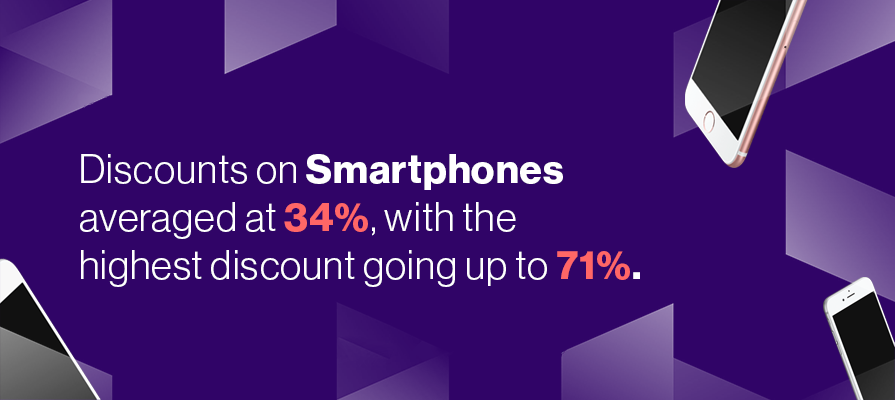
How do you retain the loyalty of your customers?
If you said maintaining a CRM database, offering a loyalty rewards program, and using social media, youâre not aloneâlots of marketers use these same traditional channels.
The problem is, loyalty is getting hard to come by. Not only that, but consumers often âcheatâ on brands. In fact, about 77% of people today revoke their brand loyalty faster than they did three years ago.
If youâre tyring to get consumers to stick with you by offering points and reward discount codes, donât be surprised to find that consumers are ignoring these methodsâ78% of Americans are abandoning the loyalty programs they signed up for.
Another way you risk losing loyal customers is by ignoring them. About 83% of consumers say theyâd be more loyal to a brand if they could trust that the brand would use their feedback to make improvements.
âWhen companies listen to their customers, they succeed. When companies donât listen, they flounder.â
Loyalty points and one-way communications do not bode well for the future of loyalty. Instead, the key to building loyalty is emotional relationships built from a customer-first dialogue.
âWe made a conscious decision not to offer a rewards program because we felt it risked cheapening the authentic relationship we have with our community. Instead, we aim to cultivate emotional loyalty by listening closely to members.â
The concept of âcommunityâ seems to be bouncing back in a big way as a key strategy for brands that want to build direct relationships with consumers.
If youâre one of those brands, youâll want to review the 3 points below:
1. Set up a channel to highlight common values
âA successful community is built around a common purpose,â says Marketing Profs. This quote is backed by statistics that show at least 87% of consumers strongly prefer brands that match their values.
Itâs important to bear in mind, though, that shared values arenât soley about telling the story of who you are as a brand. While many business owners believe that community-building should be focused on brand fandomâmeaning the brand is at the center of attentionâactually, the opposite is true. A community should be about allowing people to tell the story of who they are and what they stand for.
The Jeep brand knows that the purchase of a vehicle involves a lot more than the vehicle itself. It represents a lifestyle of adventureâone that owners fully embrace. To build on sense of community, Jeep hosts Jamboree events where owners gather for off-road adventure weekends.
2. Provide a medium that encourages consumer-driven innovation
As Marketing Profs points out, âCreating a positive feedback loop not only facilitates emotional bonds but also helps your brand stay ahead of trends.â
When you turn consumers into collaborators, you can effectively crowdsource new ideas through feedback, focused discussions, surveys and reviews, while you increase customer satisfaction in the process. The great thing is, four out of five consumers claim they enjoy offering feedback and making a difference to brands.
Based on customer feedback, the online retailer of indie and vintage-inspired clothing, ModCloth, made the decision to stop separating plus-sized clothing from its traditional-sized options.
Customers helped the brand recognize that those who are plus-sized are just as fashion-forward as smaller-sized women. And because the change originated from customers, it became a truly authentic, on-brand innovation.
3. Align your community with your business goals
A community canât be a back burner project or siloed effort.
âFor a community to achieve maximum results, it must be in harmony with overall business goals,â advises Marketing Profs.
While a brand-led community typically starts as a means of supporting the brand, thriving communities can bring about an extraordinary changeâthe brand starts supporting the community, instead of the other way around. When this happens, companies reach cult-like followings, and the brand becomes a part of oneâs identity.
These loyal folks from your community will seek you outâtheyâre not interested in promotions from your competitorsâand theyâll be willing to pay more because theyâre buying from your brand.
Conclusion
Some would argue that brand loyalty is dead. But according to Inc., it has merely shifted to adapt to the times.
A branded communityâone that matches your brand experience and allows customers to connect with each other by hosting the conversation and driving brand innovationâwill help you build the kind of lasting relationships that prevent customers from cheating on you.

